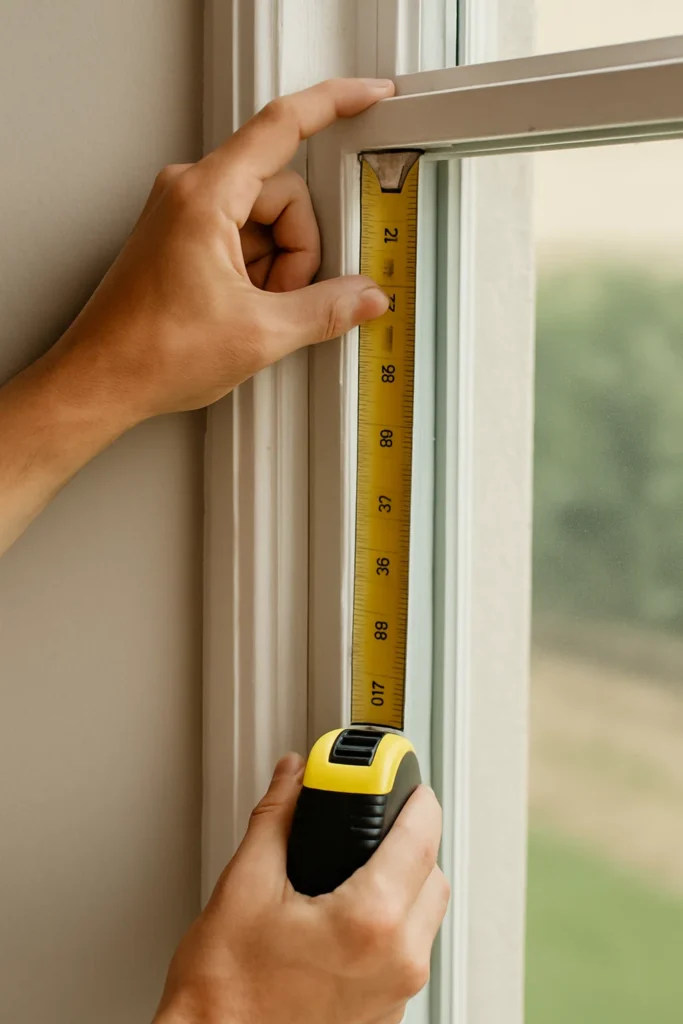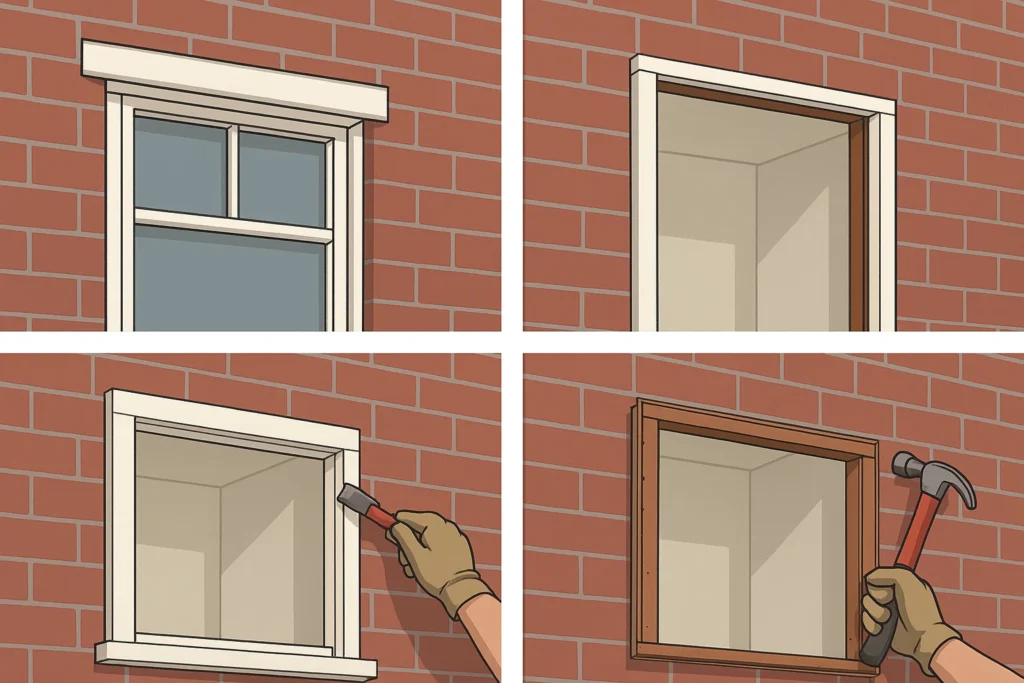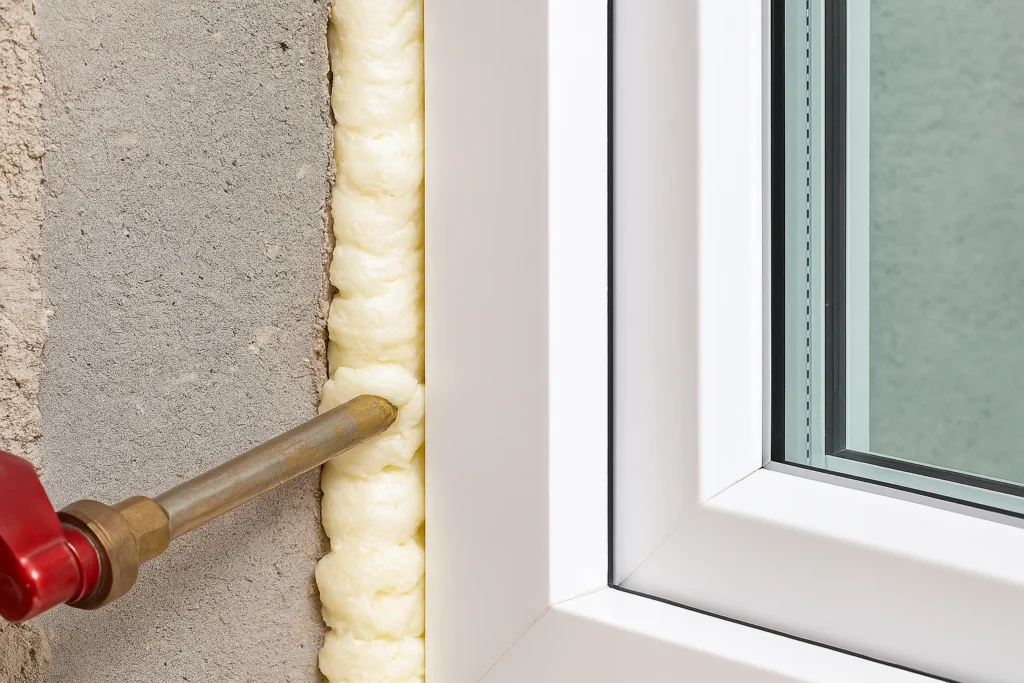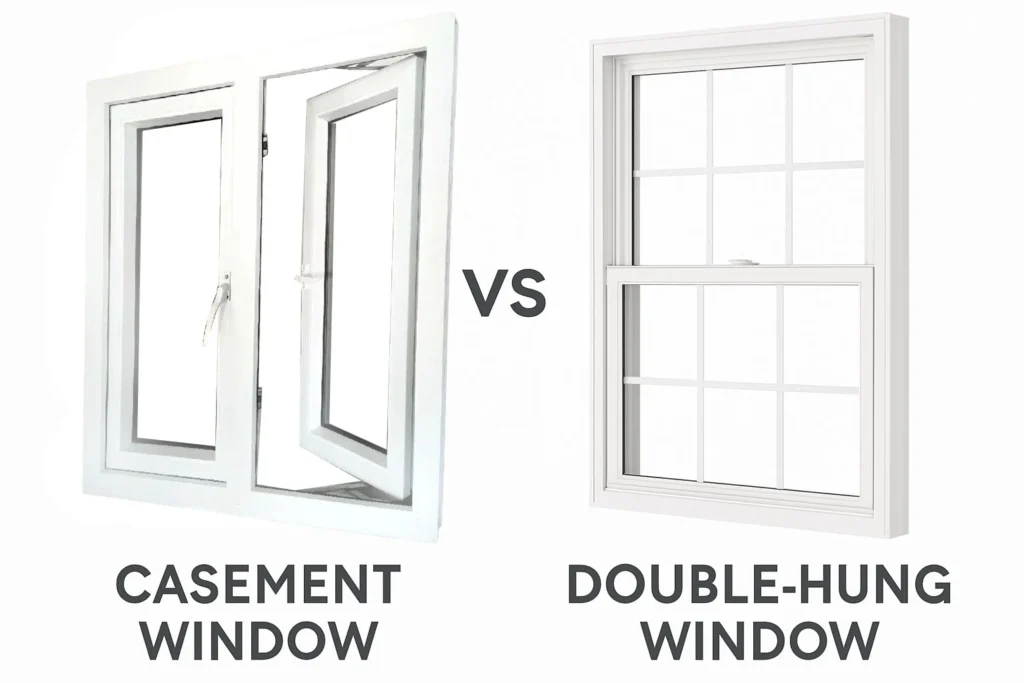Thinking about replacing your old ventana abatible? Whether it’s due to draft issues, outdated style, or damaged frames, knowing how to do it yourself can save money and time. In this detailed blog post, we walk you through each step—backed by expert advice—to make your DIY journey safe and successful. While professional installation is always recommended, many homeowners have found satisfaction in handling this upgrade themselves.
¿Qué son las ventanas abatibles?
Ventanas abatibles are hinged at the sides and open outward like a door, often using a crank handle. They are ideal for maximizing ventilation and provide a clear, unobstructed view. Replacing them can be a bit more complex compared to sliding or double-hung windows because of their unique hinge and crank mechanisms.
Tools You'll Need
- New casement or replacement window
- Measuring tape
- Pry bar
- Caulk gun and weatherproof caulk
- Level
- Hammer
- Screwdriver or drill
- Utility knife
- Putty knife
- Shims
- Foam insulation
Step 1: Measure the Window Opening
Start by measuring the height and width of the window from both the interior and exterior sides. Take three measurements vertically and horizontally (top, middle, bottom) and use the smallest readings to ensure a snug fit. Double-check all dimensions before ordering your replacement unit.


Step 2: Remove the Old Window
Carefully remove the existing window’s hardware using a screwdriver or drill. Use a pry bar to loosen the frame from the wall. Be cautious not to damage the surrounding drywall or siding.

Step 3: Prepare the Frame
Clean the opening thoroughly. Remove old caulk, debris, and inspect the area for water damage or rot. Repair as necessary to create a solid, dry base for the new window installation.
Step 4: Install the New Frame
Position the new frame into the opening and check for plumb using a level. Insert shims on at least two opposite sides to maintain balance. Pre-drill holes and use mounting screws to secure the frame. Insulate the gap between frame and wall using foam insulation.

Step 5: Insert the Glass and Hardware
Following the manufacturer’s instructions, insert the glass pane and attach the crank hardware. Test the window for smooth operation and a proper seal. Reinstall or add new trim inside and out.
Tips: Replacing with a Double-Hung Window
If you’re considering replacing a ventana abatible with a double-hung window, make sure to adjust your measurements to subtract half an inch from both width and height. You’ll also need a reciprocating saw and pry bar to carefully remove the entire window frame before inserting the new double-hung model.

Common Challenges and How to Overcome Them
- Warped opening: Use shims and a level to correct misalignment
- Leaks after installation: Apply high-quality exterior caulk
- Difficult removal: Use a reciprocating saw for embedded frames
When to Call a Professional
If your existing window frame is badly damaged or the opening is irregular, it may be time to call in a pro. Also, if you’re unsure about safe glass handling, outsourcing this task is highly advisable.
[Q&A Section]
Can I replace a casement window without replacing the frame?
Yes, if the frame is in good condition and meets local building codes, you can simply replace the window sash and hardware.
How are casement windows attached?
They’re hinged at the side and operate via a crank mechanism. The sash is typically secured with screws and a compression seal.
What is the best way to measure for a casement window replacement?
Measure width and height at three points each. Always use the smallest measurement for accuracy. Don’t forget to check depth if replacing the full frame.
For more casement window questions, visit our FAQ page.

